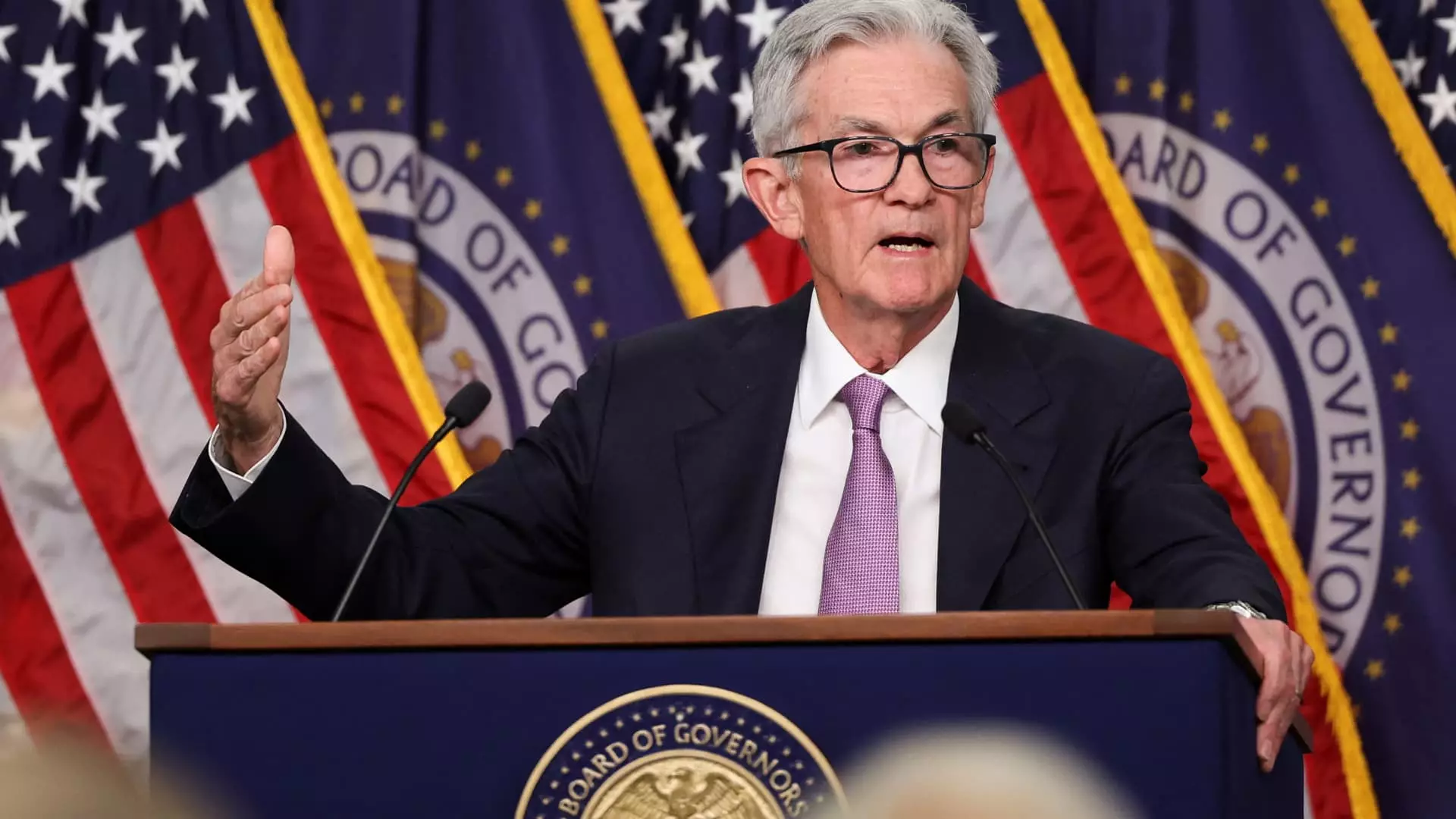In the ever-evolving landscape of finance, the dynamics surrounding interest rates play a pivotal role, especially for banks. As interest rates fall, the immediate expectation is for banks to benefit, particularly when such reductions do not signal impending economic hardships. However, this optimism is tempered by the complexities inherent in the banking sector’s operational mechanics and broader economic indicators.
The recent decision by the Federal Reserve to reduce its benchmark interest rate by half a percentage point has sent ripples through the financial world. This move is often interpreted as a pivot toward a more accommodating monetary policy aimed at stimulating economic growth. Such reductions typically encourage customers to transfer their funds from low-yielding checking accounts to higher-yield alternatives like certificates of deposit (CDs) or money market accounts. In theory, this shift should ease the pressure on banks’ balance sheets, as their funding costs could potentially decrease more swiftly than the yields on their income-generating assets.
However, analysts express caution. Concerns regarding persistent inflation loiter in the financial sphere, casting doubt on the extent to which the Federal Reserve will continue to ease rates. If inflation begins to persist or even accelerate, the Fed may be compelled to adjust its rate-cutting trajectory, meaning that banks’ expectations for increased net interest income (NII) could be overly optimistic. The delicate balancing act of managing assets and liabilities is crucial here; banks can find themselves in a precarious situation where their income-generating assets repricing down at a pace faster than their deposit liabilities, thus squeezing their profit margins.
The unpredictability of market reactions becomes apparent as financial institutions prepare to release their earnings. The forthcoming earnings report from JPMorgan Chase exemplifies this scenario. Analysts are keenly interested in insights regarding NII, particularly as the bank is anticipated to report a notable decline in earnings compared to the previous year. Such downward revisions are not confined to JPMorgan; a broader trend is emerging among large banks, which are likely to see an average drop in NII as interest rates decline and as the demand for loans remains tepid.
One pivotal aspect influencing the performance of banks is the sensitivity of their assets and liabilities to changing interest rates. Ideally, banks aspire to benefit from a scenario in which their funding costs diminish at a faster rate than the yields on their loans or investments. However, as current conditions suggest, the early stages of rate easing might see banks experiencing a reverse effect, impacting profitability unfavorably in the ensuing quarters.
The divergence in performance between larger banks and regional banks also requires attention. Bigger financial institutions, while facing pressures on their NII, might offset some losses through enhanced trading operations—a common characteristic during rate-conditional environments. As rates fall, investment banks often witness an uptick in deal activity, presenting a silver lining amid otherwise challenging financial terrains. Recommendations from analysts highlight specific banks, such as Goldman Sachs and Bank of America, as ones to watch during this period of adjustment.
In contrast, regional banks are positioned uniquely. Having grappled with increased funding costs during previous rate hikes, they may now stand to gain significantly from falling interest rates, at least in the initial phases of this economic transition. The adjustment in market conditions leads to cautious optimism, as highlighted by recent rating upgrades for certain regional banks, suggesting that their operational structure may allow them to navigate these changes more effectively than their larger counterparts.
As banks and investors recalibrate their expectations for the year ahead, the specter of higher-than-anticipated loan losses looms large over forecasts for 2025. Industry analysts are starting to question the viability of aggressive recovery models for NII, especially in light of potential economic turbulence. Banks’ management teams are expected to temper their projections, preparing stakeholders for a more nuanced landscape that accounts for both opportunities and risks presented by falling rates.
As we navigate this intricate financial landscape, it becomes clear that the role of interest rates extends beyond simple arithmetic. The interplay of economic indicators, consumer behavior, and institutional strategies will be key in determining how banks adapt and thrive in response to these changing conditions. While lower interest rates herald potential advantages for banks, understanding the broader implications and challenges is essential for sustainable growth and stability in the financial sector.

